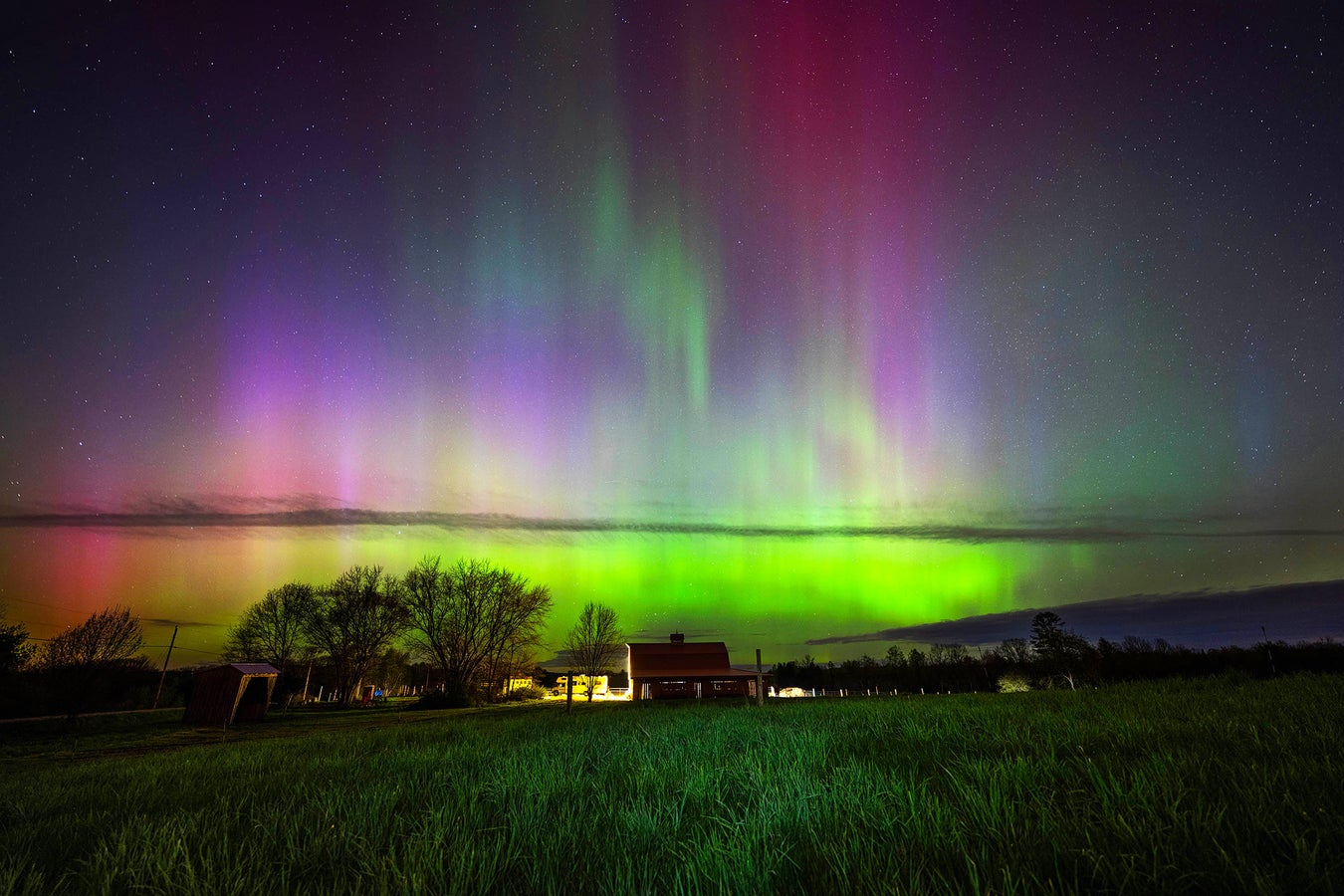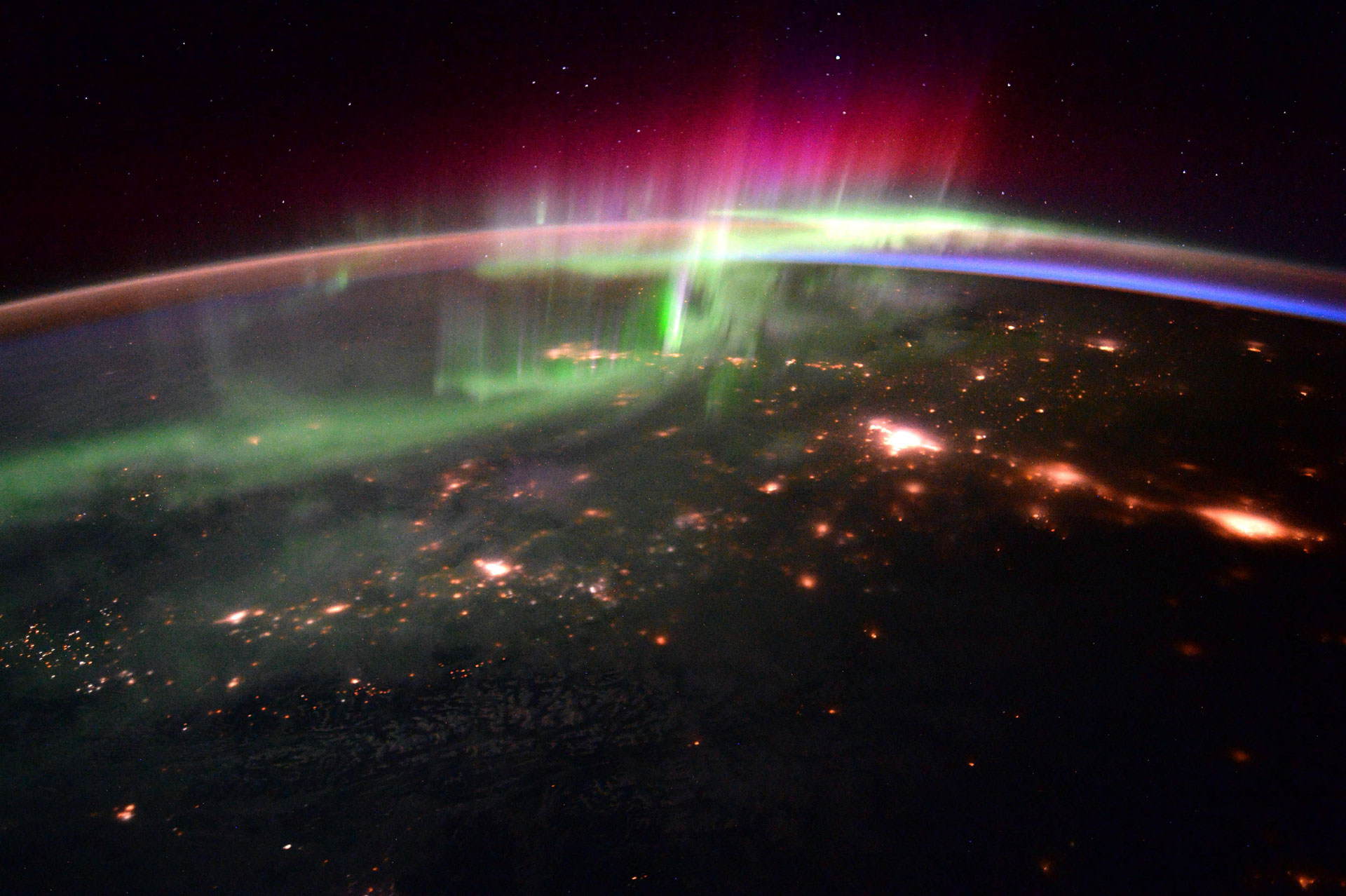The Real-World Impact of Solar Storms: Beyond the Auroras
Solar storms have wide-ranging effects that go beyond just creating beautiful auroras. These storms can disrupt daily life for farmers, students, and the general public in unexpected ways. Let’s take a closer look at how these impacts unfold. Let’s have some real-life impact examples.
Farmers: Interruption in Critical Agricultural Operations
Solar storms can disrupt satellite systems, which are essential for modern agricultural practices. Precision farming, weather predictions, and irrigation systems all rely on satellites to operate effectively.
Unique Impact: GPS-based machinery and irrigation controls depend on uninterrupted satellite signals. During a solar storm, these signals can be lost or distorted, making it challenging for farmers to optimize their work.
Imagine a farmer planning an automated irrigation schedule, only to find that the GPS-based system malfunctions due to a solar storm. This could lead to overwatering or missed watering cycles.


Students: Disturbances in Online Learning and Research
In today’s digital world, students rely on internet access and satellite-driven technologies for their education. Solar storms can create obstacles by affecting internet connectivity and access to online educational resources.
Unique Impact: Satellite-based internet providers and communication networks are particularly vulnerable during geomagnetic storms. This can result in disruptions to digital classrooms, online exams, and virtual study groups.
Example: Imagine a student in a rural area preparing for an important virtual exam, only to lose their internet connection due to satellite disturbances caused by a solar storm.
General Public: Widespread Power Outages and Navigation Failures
Solar storms can have a direct effect on essential services such as power grids and GPS navigation. The public often faces these challenges without realizing that solar activity is the cause.
Unique Impact: Strong solar storms can create spikes in power grids, causing blackouts. Also, GPS systems that many people use for navigation and deliveries can stop working during these storms, making it hard to get around or send goods.
Example: "A commuter depending on GPS for directions could find themselves lost or delayed when solar activity interrupts GPS signals, especially in heavily affected regions."

Conclusion:Awareness of solar storms is useful for several reasons:
Better Choices: Knowing about solar storms helps you decide when to travel or use your devices, especially if a storm is coming.
Preparation: You can get ready for potential outages by having backup plans, like extra batteries or alternate ways to communicate.
Planning Ahead: Understanding the risks helps you avoid surprises, like a GPS failure or a power outage.
Community Help: When people know about solar storms, they can help each other out, share tips, and be more prepared.
Curiosity about Science: Awareness can spark your interest in space and science, making learning more fun.
Stronger Communities: When everyone is informed, communities can work together to handle problems caused by solar storms better.
Advocating for Change: Knowing the effects of solar storms can motivate you to support better technology and infrastructure to keep everyone safe.





